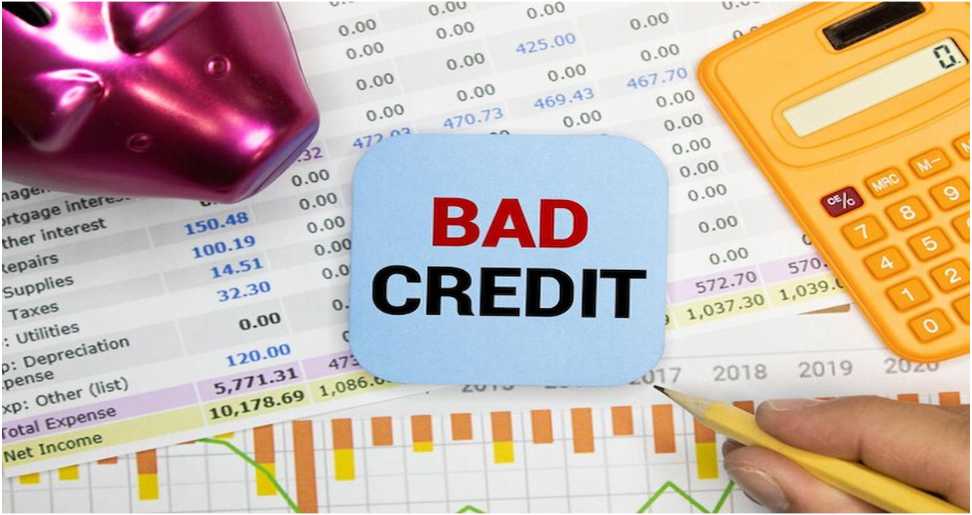Securing a loan with bad credit can be challenging in today’s financial world. However, small loans for bad credit are becoming increasingly accessible as the financial landscape evolves. Changes in technology and lending practices are making it easier for people with poor credit histories to get the help they need. This blog explores the future of these small loans, how they adapt, and what borrowers can expect.
Small Loans for Bad Credit
Small loans for bad credit are designed to help individuals with poor credit histories access funds for emergencies or other needs. Unlike traditional loans that require a high credit score, these loans are more accessible to those with financial difficulties. They are typically short-term and come with smaller amounts, making them an attractive option for those who need quick financial relief.
The Impact of Technology on Lending
Technology is revolutionising the lending industry. Online platforms and mobile apps are making it easier to apply for and receive small loans. These technologies streamline the application process, making it faster and more convenient. For example, many lenders now offer instant approval decisions and quick fund transfers.
Moreover, technology allows lenders to use alternative data to assess creditworthiness. This means that even if you have a low credit score, other factors, such as income and payment history, may be considered. This helps more people qualify for loans.
The Role of Fintech Companies
Fintech companies are playing a significant role in the future of small loans for bad credit. These companies use technology to offer innovative financial solutions. They often provide more flexible terms and quicker access to funds than traditional banks.
Fintech lenders typically have lower overhead costs, which can result in lower interest rates and fees. They also focus on user-friendly digital experiences, making it easier for borrowers to manage their loans online. This shift towards digital lending is transforming how people access small loans.
Alternative Lending Models
Another trend in the future of small loans is the rise of alternative lending models. Peer-to-peer lending and microfinance are examples of these models. Peer-to-peer lending networks put individual investors and borrowers in direct communication. This can result in more favourable terms for the borrower, as the investors are often willing to take on higher risks.
Microfinance institutions provide small loans to individuals who might not have access to traditional banking services. These institutions focus on supporting low-income individuals and small businesses. They often offer loans with flexible repayment terms and lower interest rates.
The Benefits of Improved Data Analytics
Data analytics is changing how lenders evaluate loan applications. Lenders can better understand a borrower’s financial situation by analysing a wide range of data. This includes looking at spending patterns, income stability, and other factors beyond just credit scores.
Improved data analytics helps lenders make more informed decisions. It can also lead to better loan terms for borrowers. For example, if a lender sees that you have a stable income but a poor credit history, they might offer you a loan with more favourable terms.
The Growing Importance of Financial Education
As small loans for bad credit become more accessible, financial education is becoming increasingly important. Borrowers need to understand how these loans work and how to manage them responsibly. Many lenders are now providing educational resources to help borrowers make informed decisions.
Financial education can help borrowers avoid pitfalls such as taking on too much debt or missing payments. By understanding the terms of their loans and how to manage their finances, borrowers can improve their financial health and make the most of their loan opportunities.
The Challenges Ahead
Despite the positive changes, there are still challenges to consider. Small loans bad credit often come with higher interest rates and fees. This is because lenders are taking on more risk by lending to individuals with poor credit histories. Borrowers must be cautious and ensure they can afford the loan before committing.
Additionally, not all lenders are created equal. Some may offer predatory loans with unfair terms. Borrowers need to research lenders carefully and understand the full cost of the loan before agreeing to it.
The Future Outlook
The future of small loans for bad credit looks promising. Advances in technology and data analytics are making it easier for borrowers to access funds. Alternative lending models are offering more options and flexibility. However, it is crucial for borrowers to stay informed and make responsible financial decisions.
As the financial landscape continues to evolve, it will be important for both lenders and borrowers to adapt. By staying up-to-date with the latest trends and practices, individuals can navigate the world of small loans more effectively and make the most of the opportunities available.
In conclusion, the future of small loans for bad credit is evolving with advancements in technology and changes in lending practices. These developments make it easier for individuals with poor credit histories to access the necessary funds. As technology continues to progress and alternative lending models gain traction, borrowers will have more options than ever. However, it is essential to approach these loans with caution and ensure that you understand the terms and conditions. Staying informed and managing loans responsibly allows borrowers to navigate the changing financial landscape effectively.
Have A Look :-
- Motion of the Ocean: Introduction to Wave Energy
- Managing Your Green Lifestyle: Practical Tips for a Sustainable You
- 5 Ways to Give Your Old Smartphone a New Life: Responsible Recycling Options

